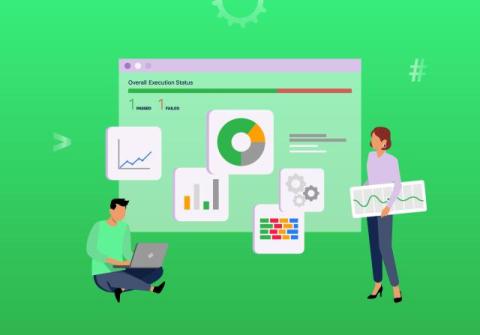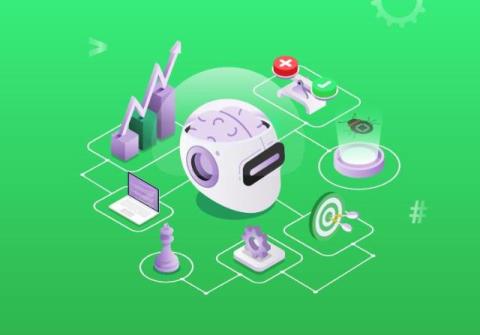How Xray integrates with Selenium and Cucumber
Automation is very important to achieving efficiency and accuracy in software testing. Tools like Selenium and Cucumber are well-known for automating functional and behavior-driven testing. Yet, as projects scale, managing these tests can become increasingly complex. That’s where Xray steps in. Designed to integrate seamlessly with frameworks like Selenium and Cucumber, Xray offers a centralized solution for managing automated tests at scale.











